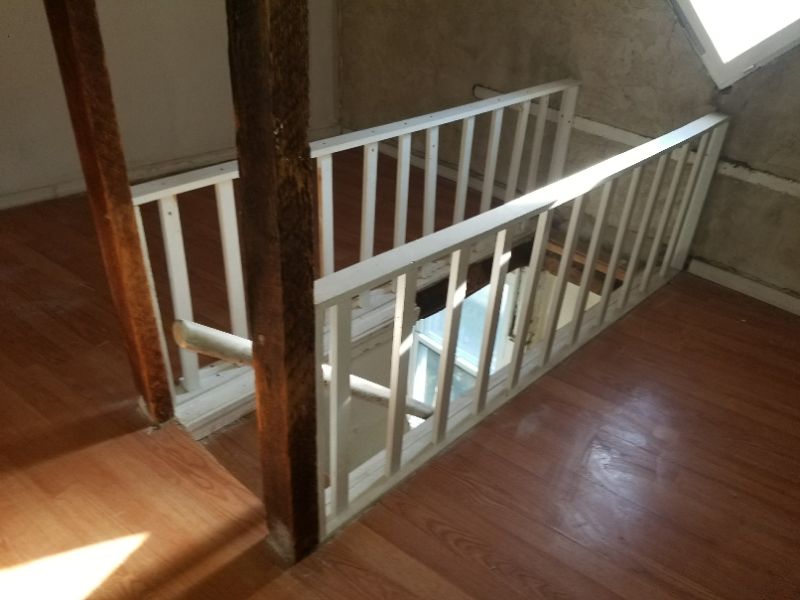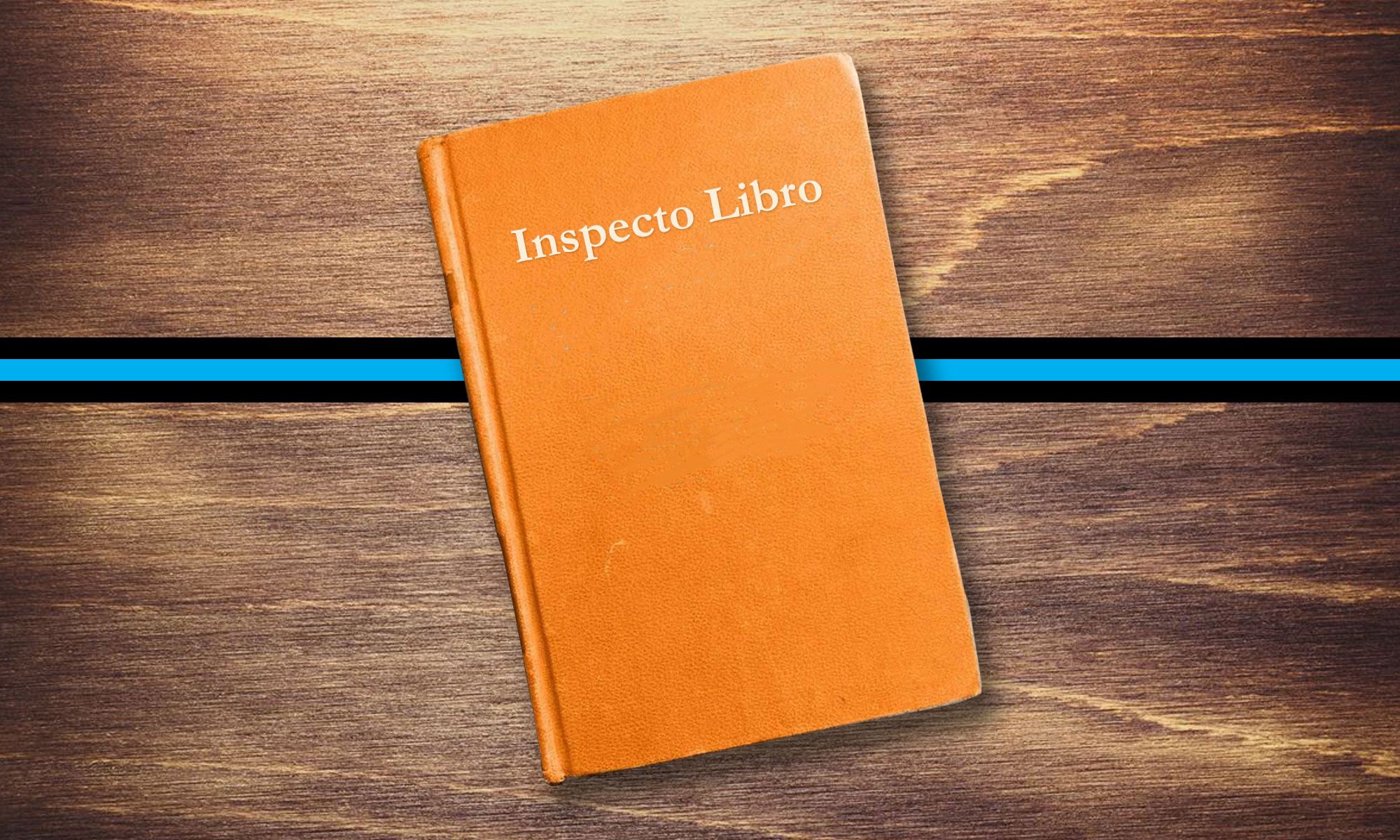Stairs and steps are a basic and heavily-used part of any multi-level house. Additionally, more accidents and injuries occur on or around them than anywhere else in the home. Improper construction, damage, and neglected maintenance can turn these commonplace features we all take for granted into a significant hazard. They must be inspected thoroughly and reported on accurately.
Safe and secure handrails and guardrails are essential: see the Handrails and Guardrails section. Inspect stairs and steps for a solid, level installation and for condition. Check the run and rise of the steps for minimum requirements and for consistency. Report any loose or damaged treads. Pull-down stairs must be solidly installed, and trimmed correctly and to the proper length. All hardware must be in good working order. Spiral stairs should be securely mounted, and have identical treads at least 26″ wide.
The step’s riser height is uneven. Standards require a maximum variation of no more than 3/8″. This is a safety issue. Repair or replace the steps to ensure a consistent riser height.


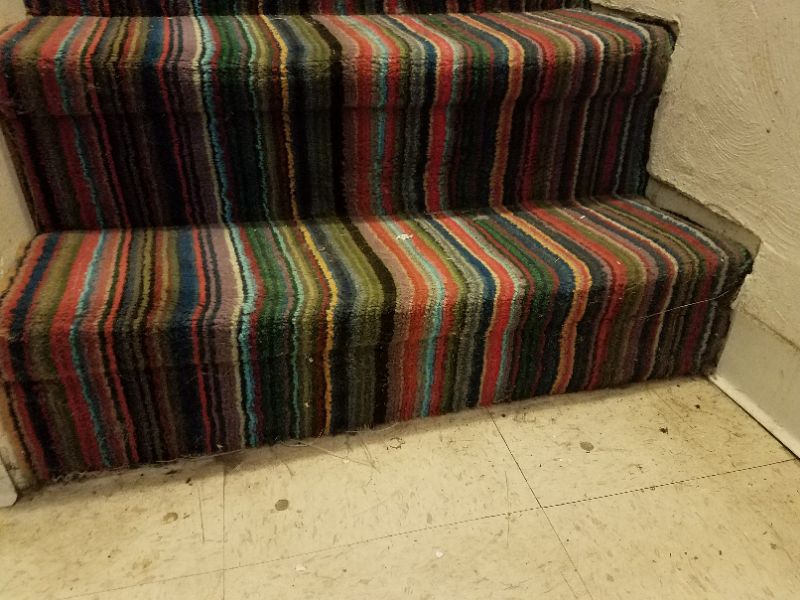
The step’s riser height is excessive. Standards require a maximum height no greater than 7.75″. This is a safety issue. Repair or replace the steps to ensure an appropriate and consistent riser height.
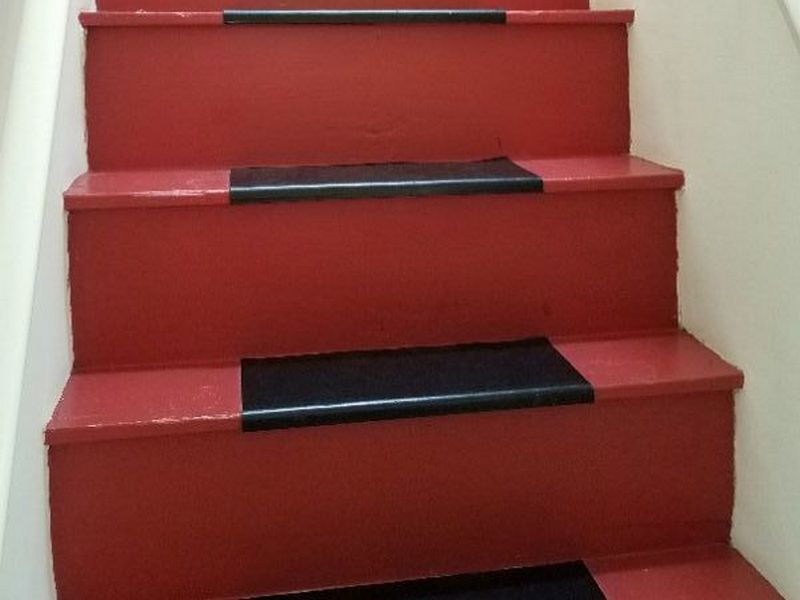


The step treads’ “run” is inadequate. This is a safety hazard. The run is the distance from the front edge of the tread to the rear of the tread. Current standards call for a minimum run of 11″. Repair or replace the steps to ensure a safe tread run.
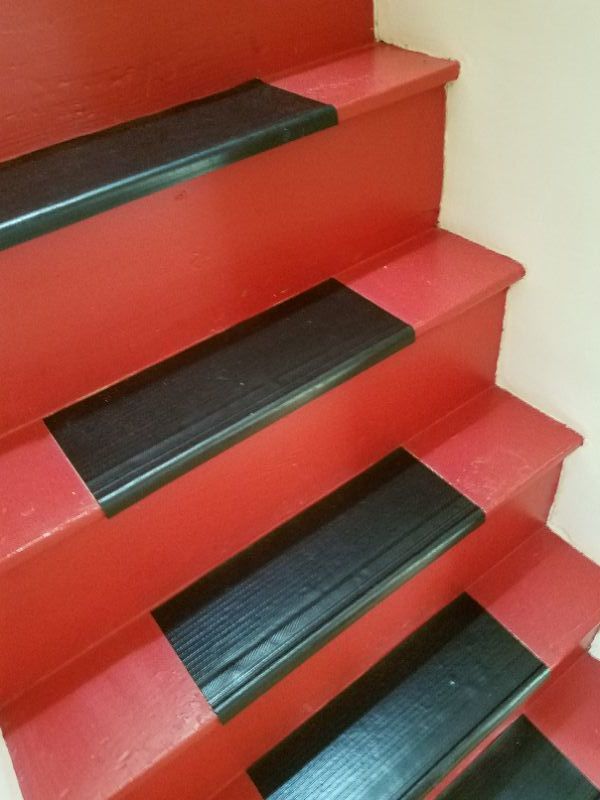
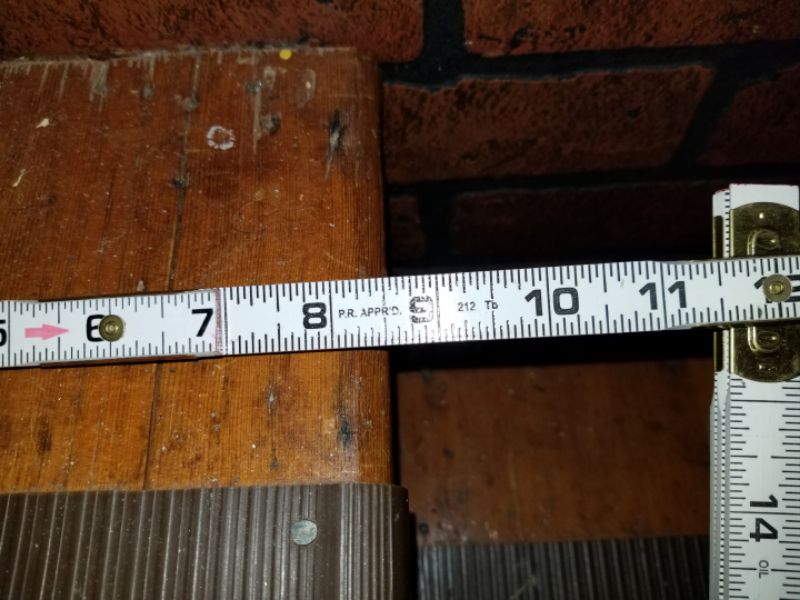

The stairs have “open” risers. This is a safety hazard. Current standards limit the space or opening between the treads to a maximum of 4″. Repair or replace the stairs as needed.
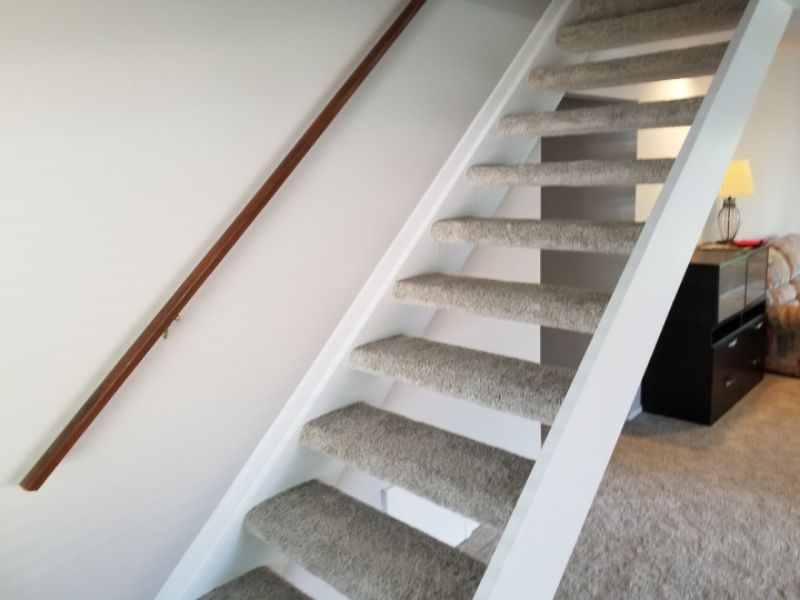
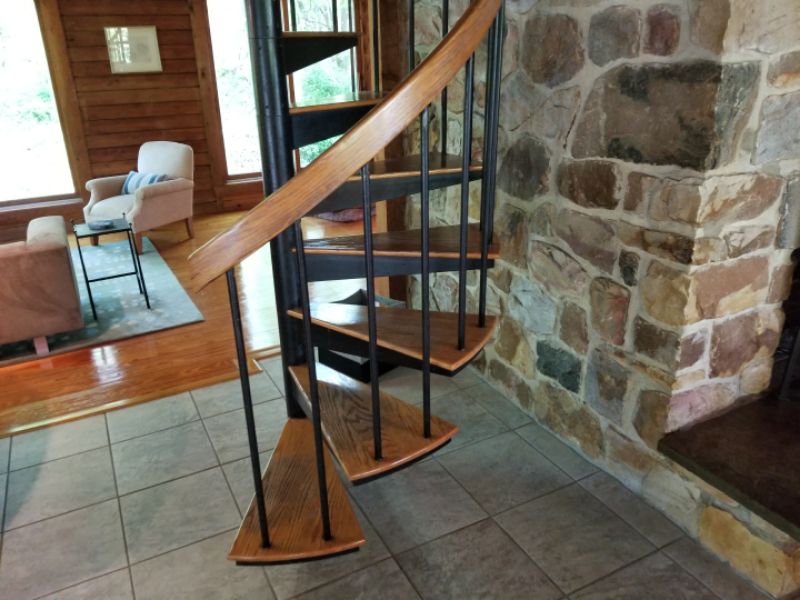
The stairs are damaged. This is a safety issue. Repair or replace the stairs.
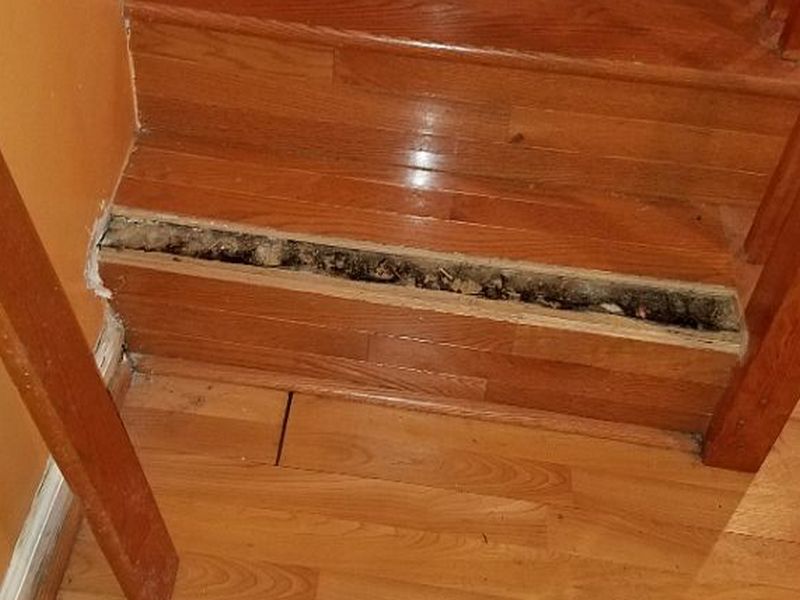
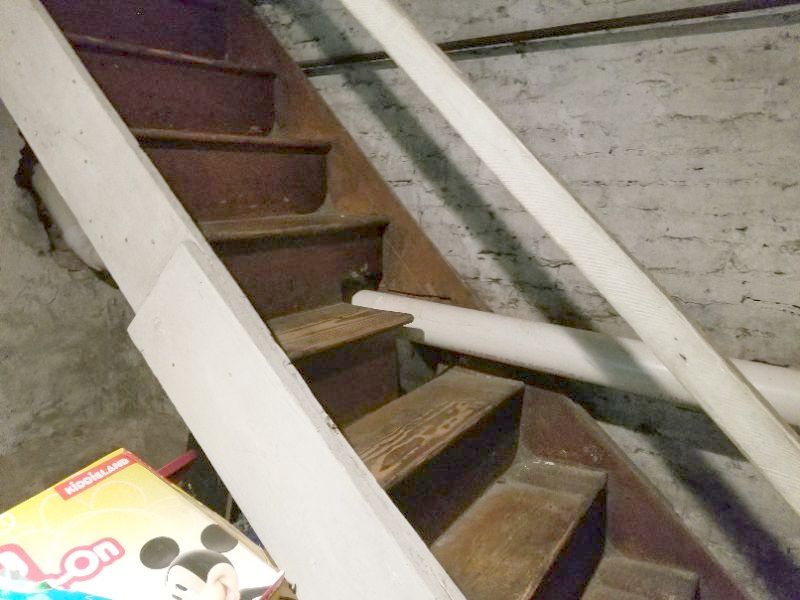
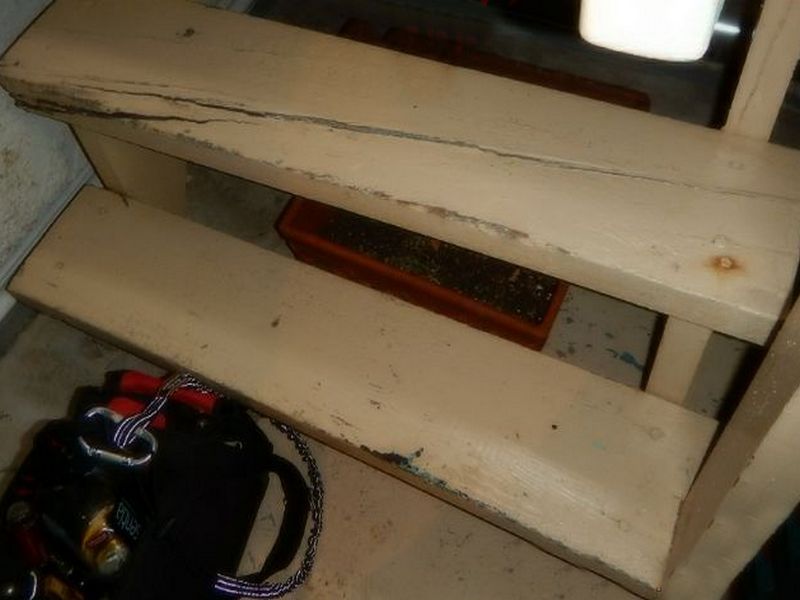
The stairs are settled; the reason for this is unknown. This is a potential safety issue. Hire a contractor for an evaluation and repairs as needed.
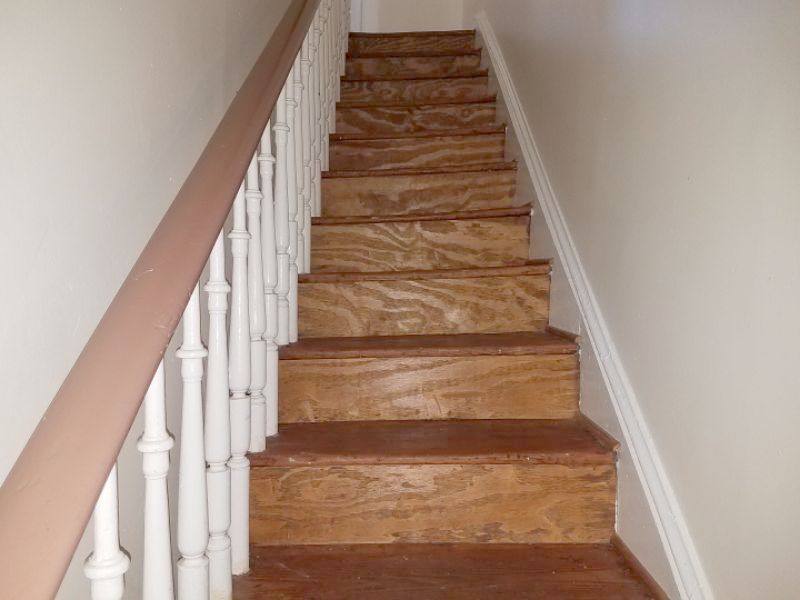
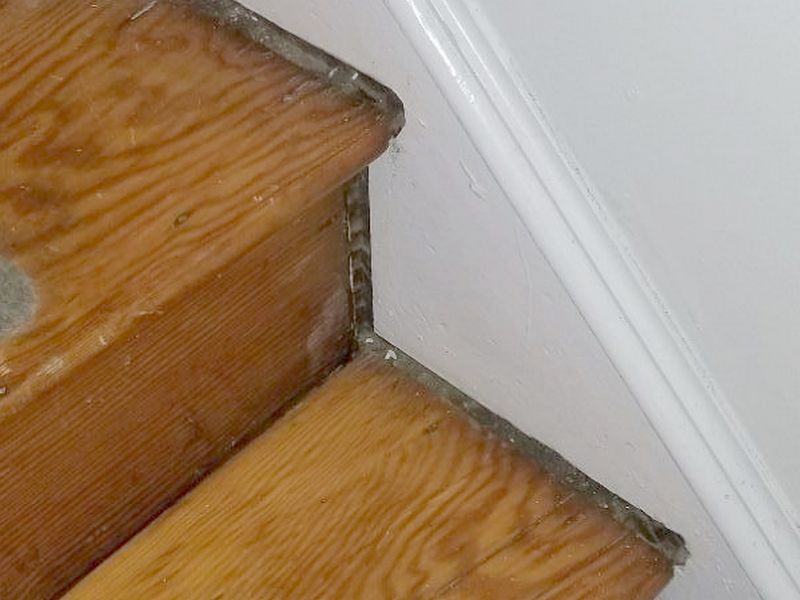
The stairs are deteriorated and unreliable. This is a safety concern. Replace the stairs.
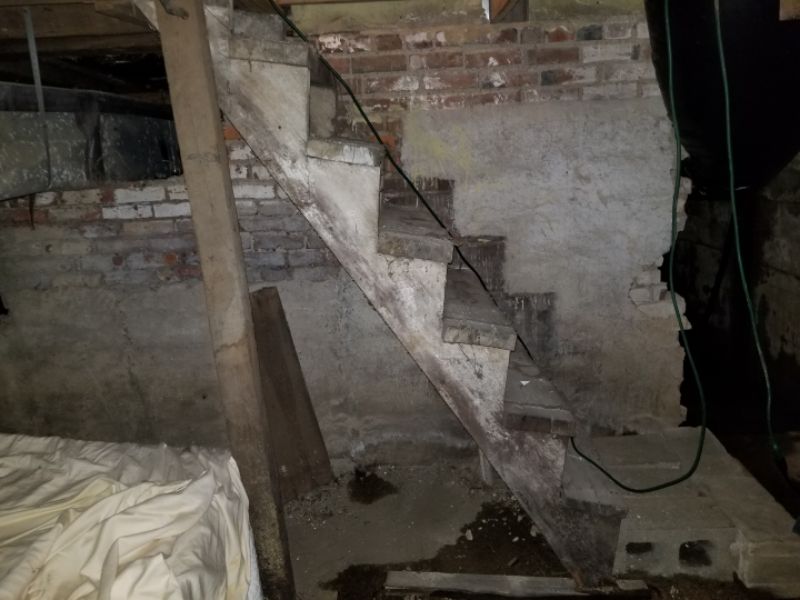
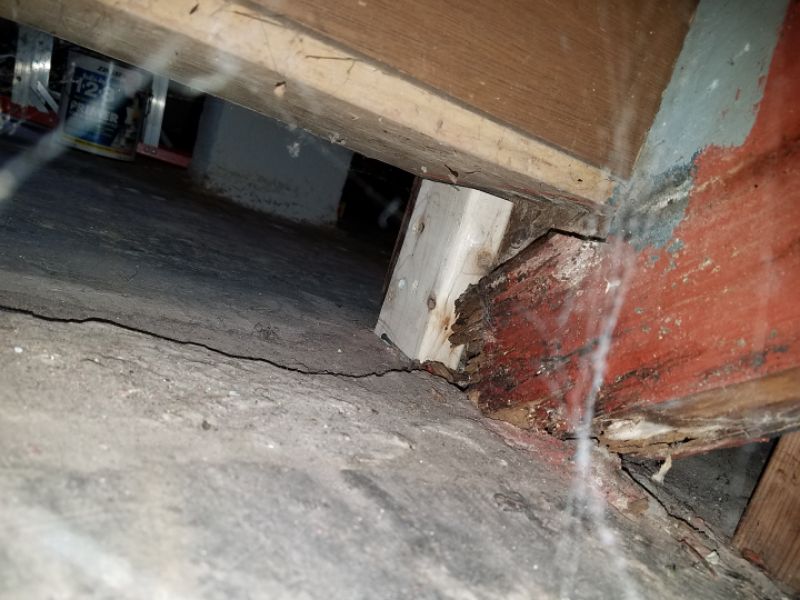
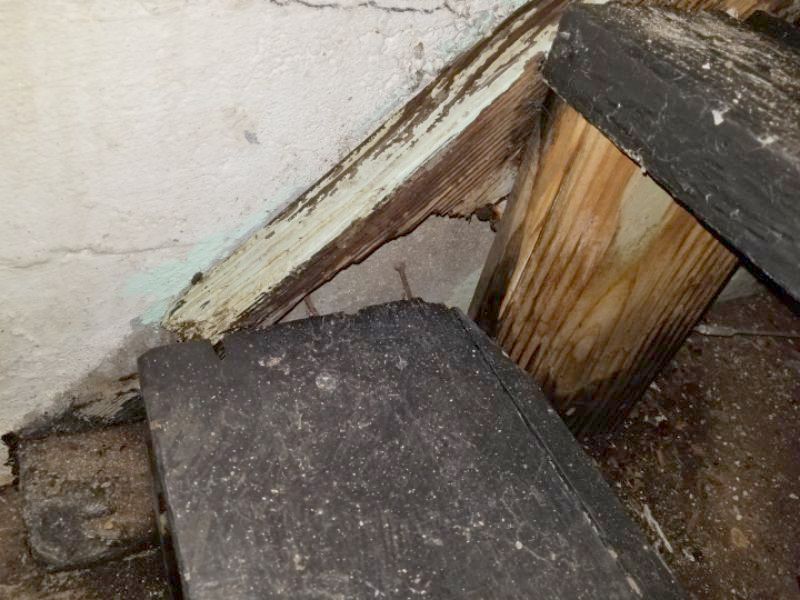
The pull-down stairs have loose or missing hardware. This is a safety hazard. Repair or replace the hardware.
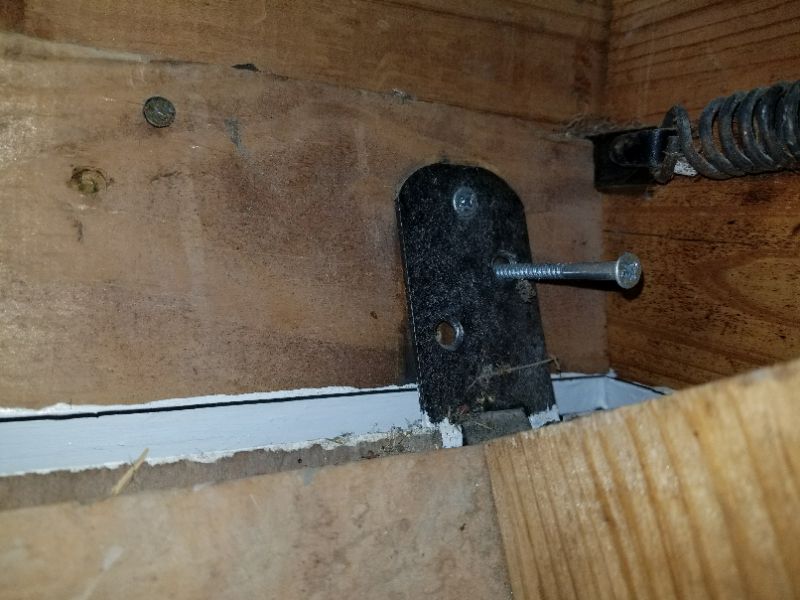
The pull-down stairs are not cut to the proper length. This is a safety hazard. Repair or replace the stairs.
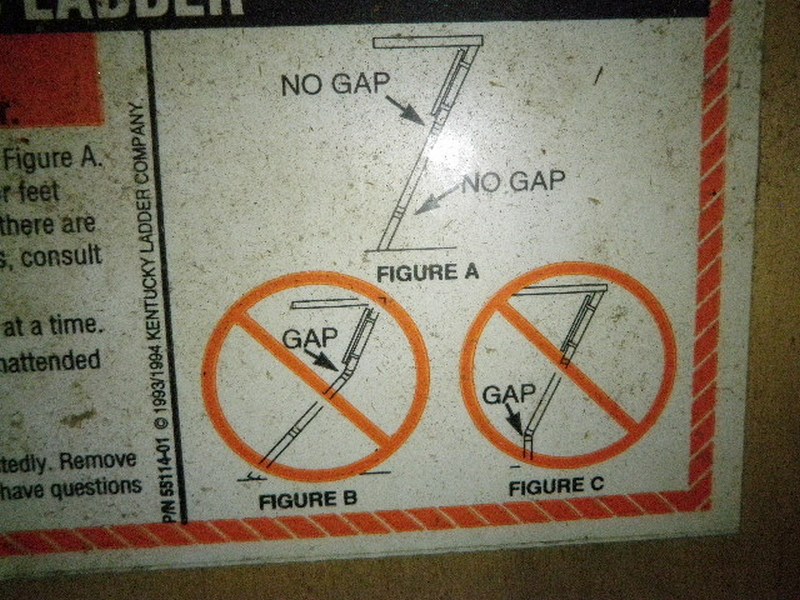
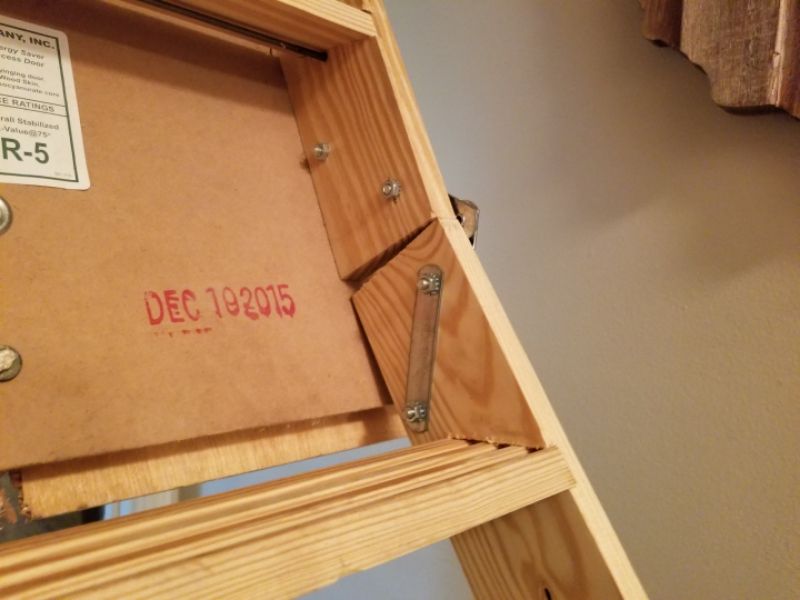
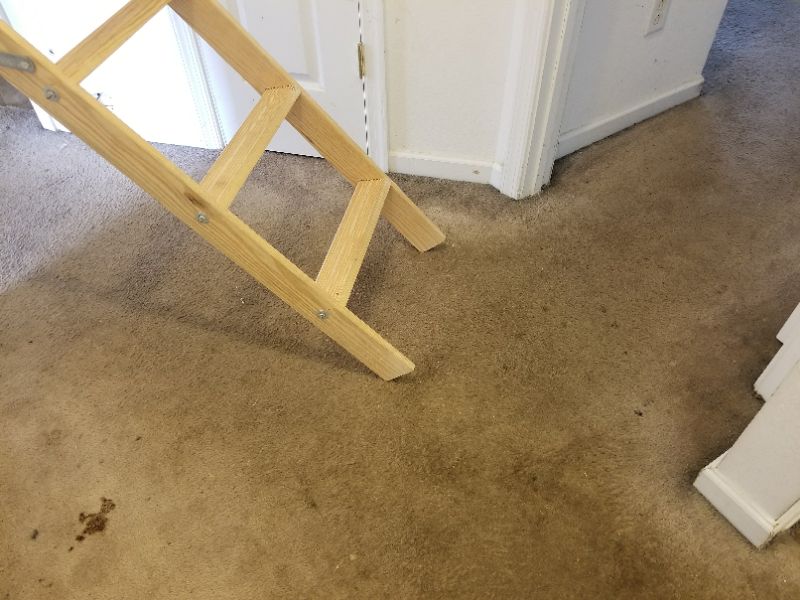
The pull-down stairs are damaged. This is a safety hazard. Repair or replace the stairs.
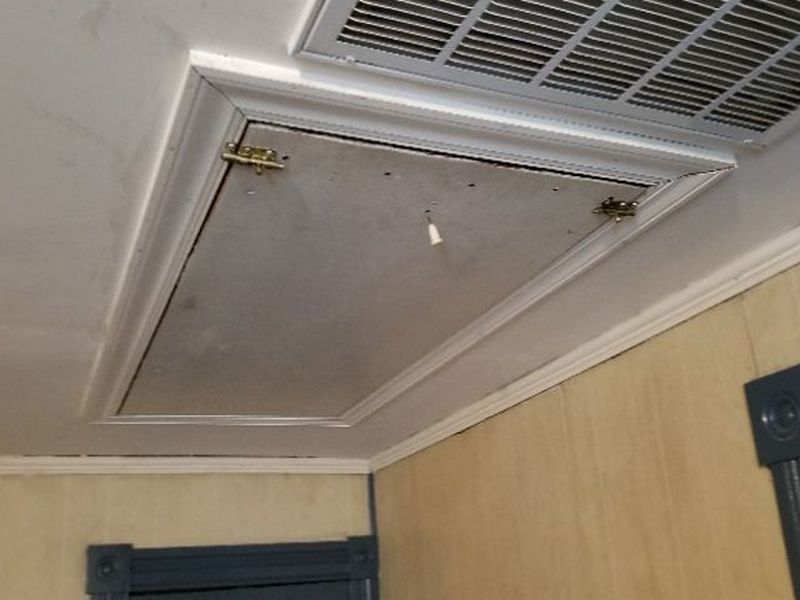
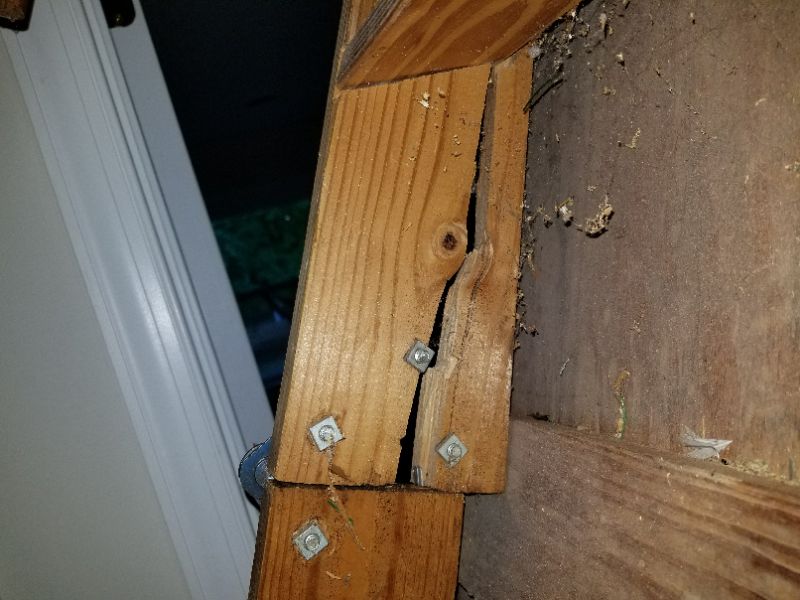
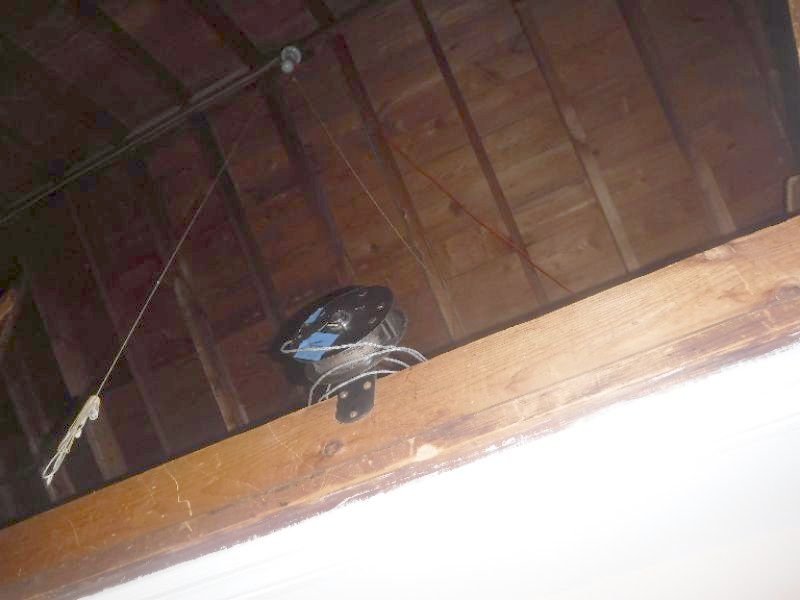
The pull-down stairs are improperly installed. This is a safety hazard. Repair or replace the stairs.
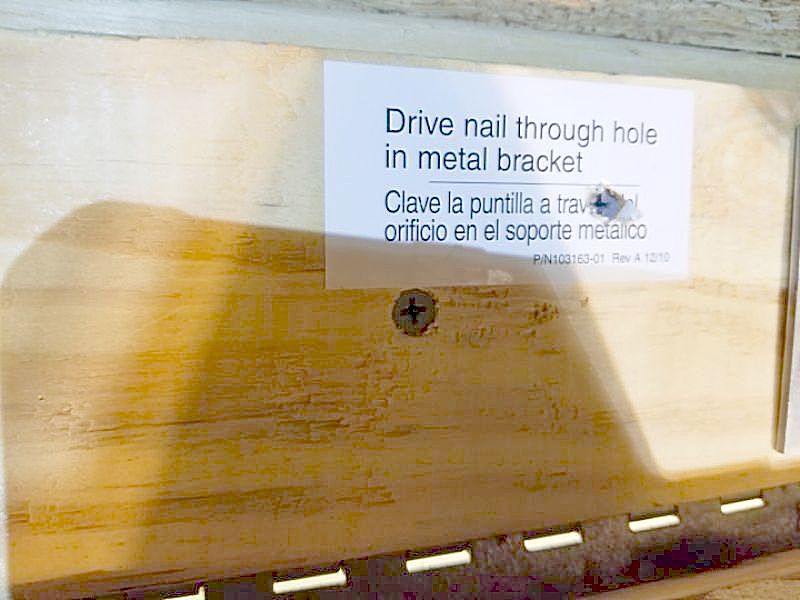
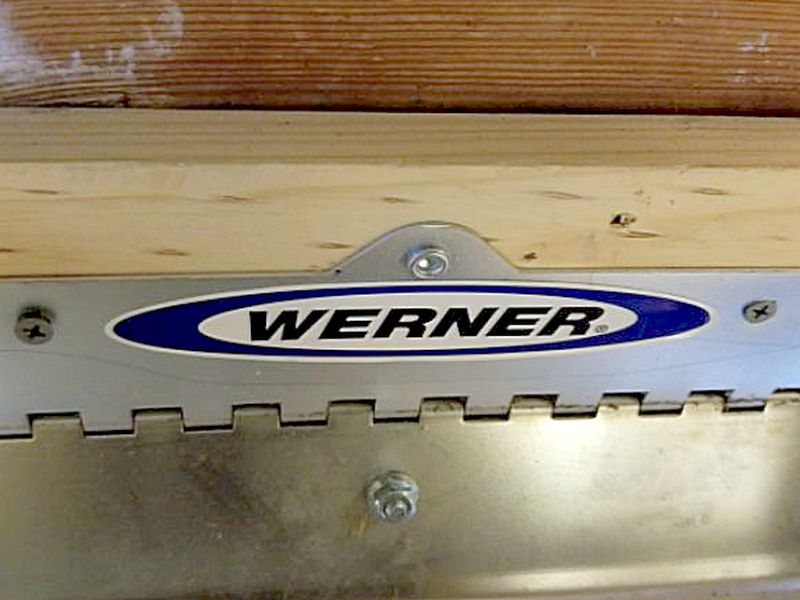
The pull-down stairs are not fire rated. This condition creates a breach in the existing fire rated ceiling. Replace the stairs with a fire-rated model.
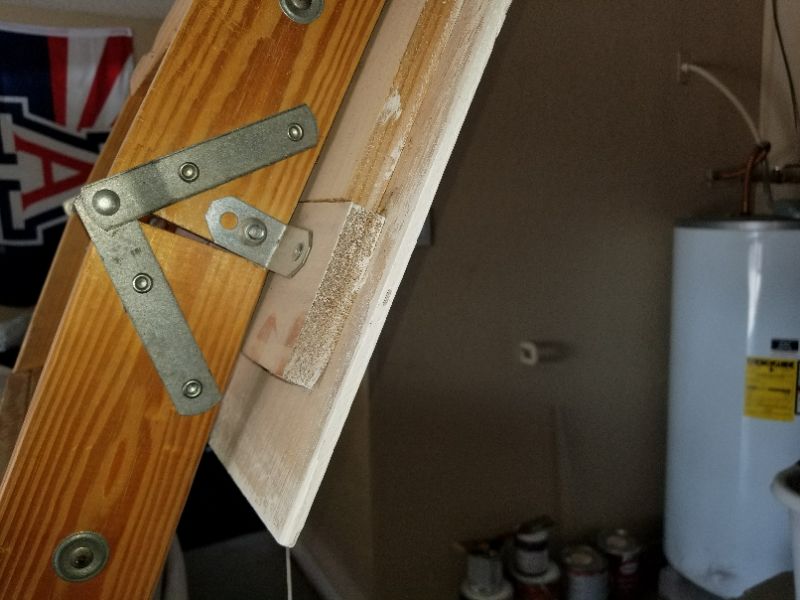
The handrail is loose. This is a safety hazard. Repair or replace the handrail.

The handrail does not have a return back to the wall. This is a safety hazard. Add a return to the handrail.
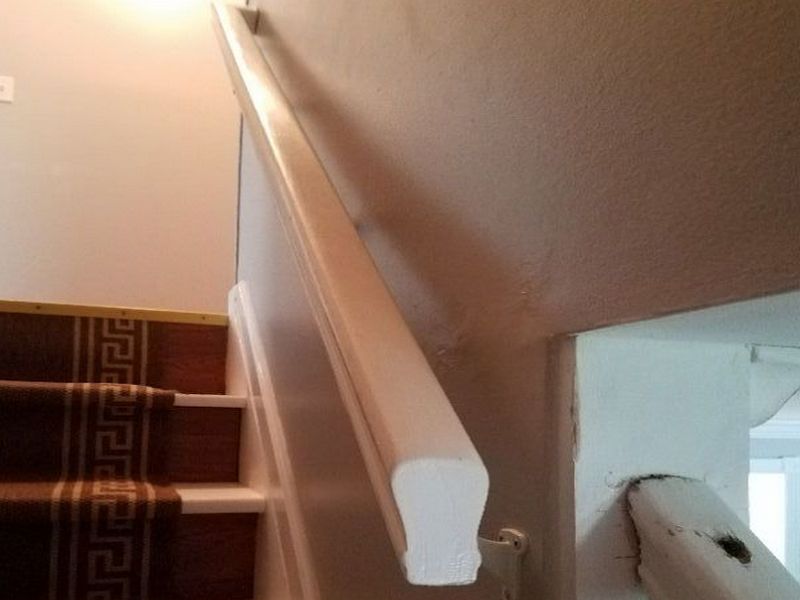
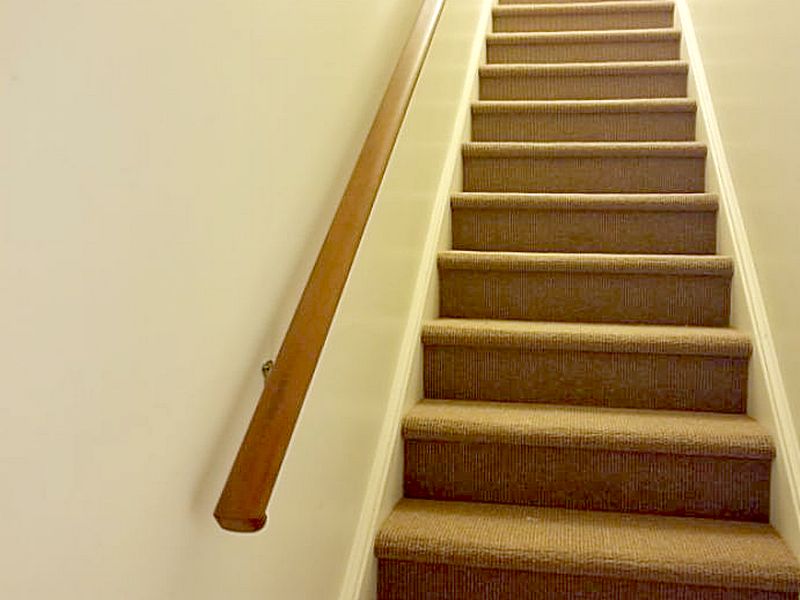
The handrail does not provide coverage for the entire staircase. This is a safety hazard. Add a handrail to the entire staircase.
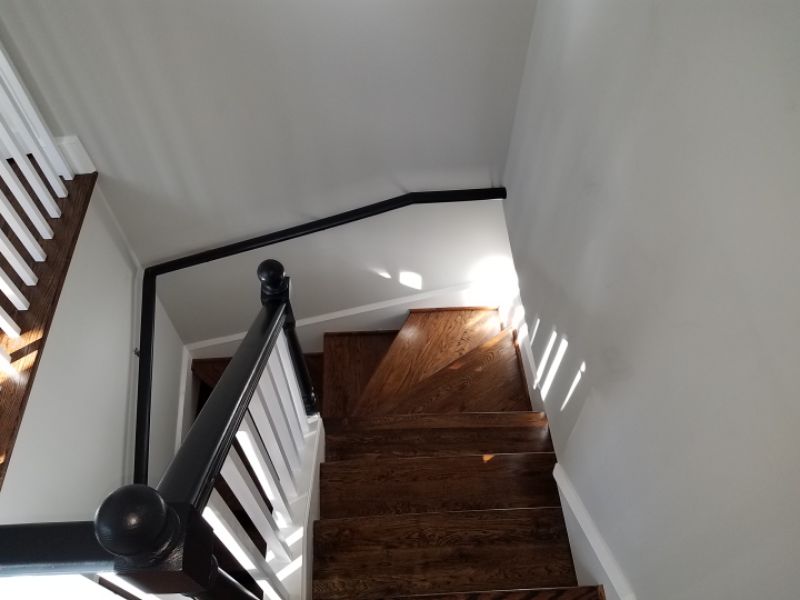

The handrail is missing. This is a safety hazard. Replace the handrail.
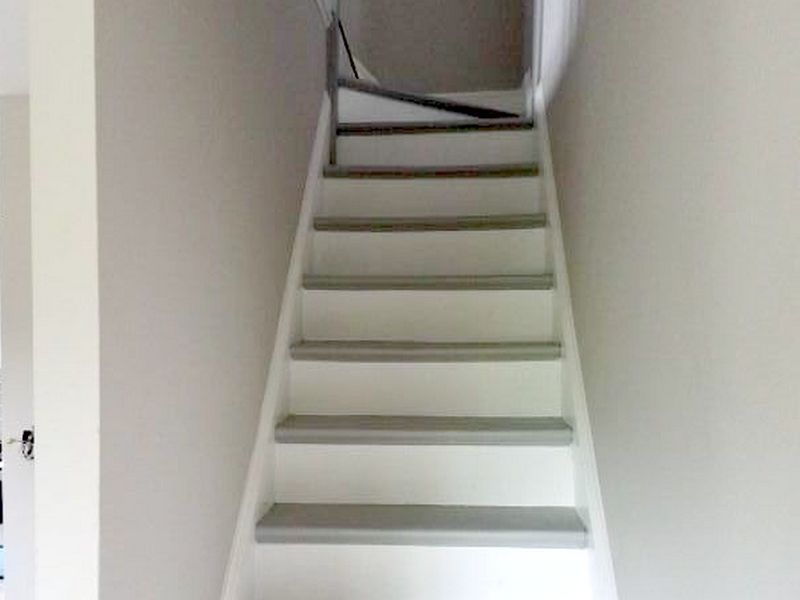
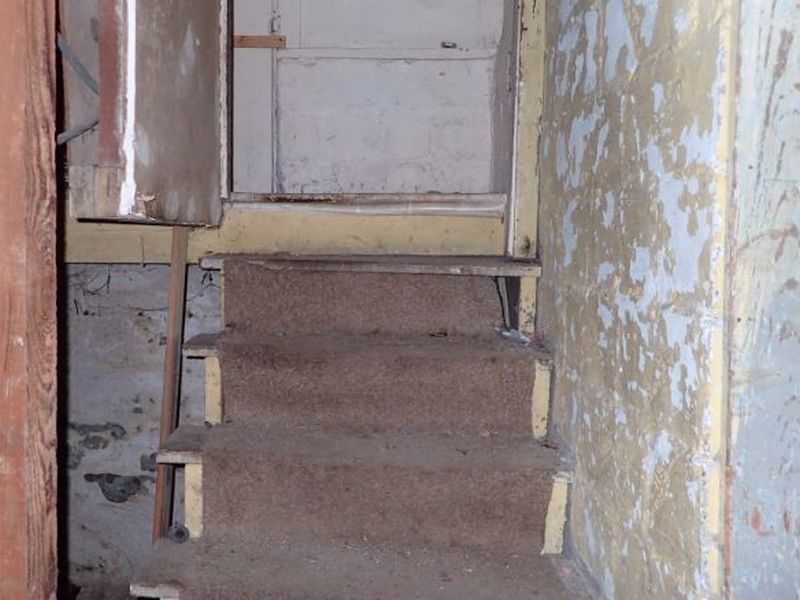
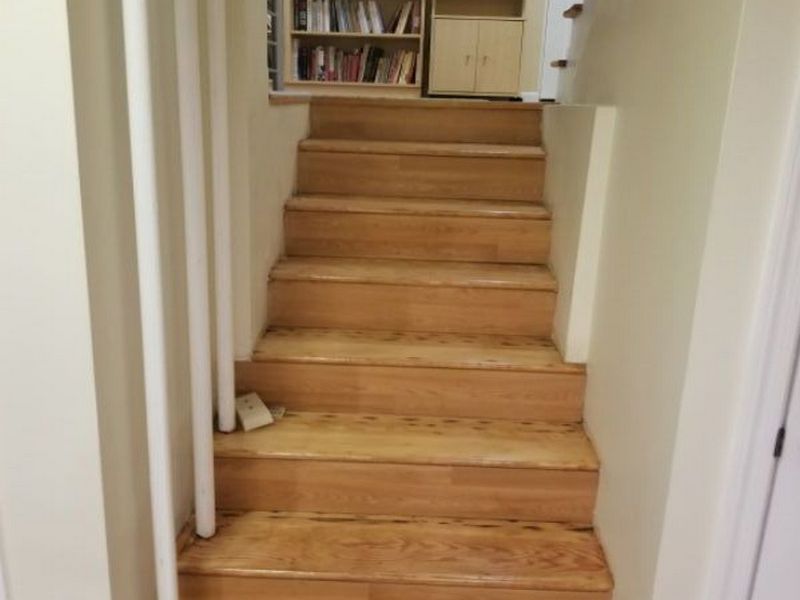
The handrail is damaged or deteriorated. This is a safety hazard. Repair or replace the handrail.
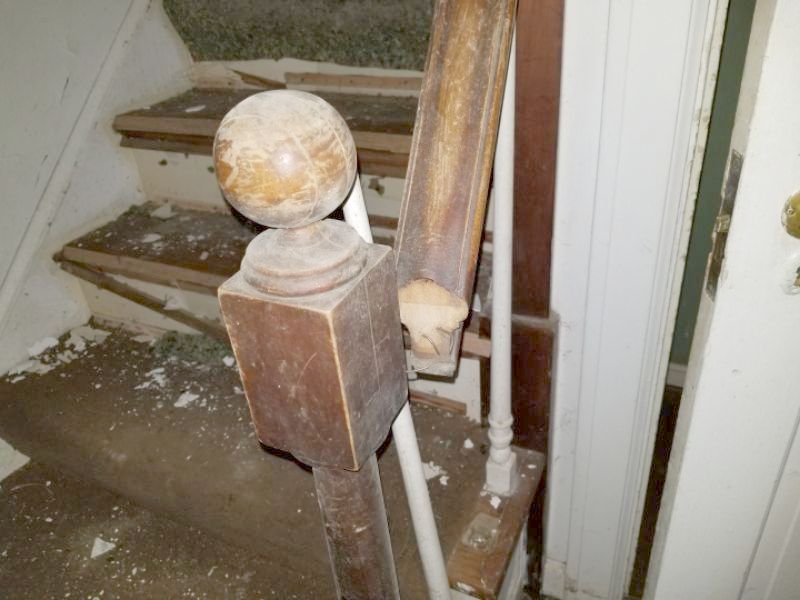

The balusters are improperly spaced at the handrail. The opening between balusters should not exceed 4″. Repair or replace the balusters.
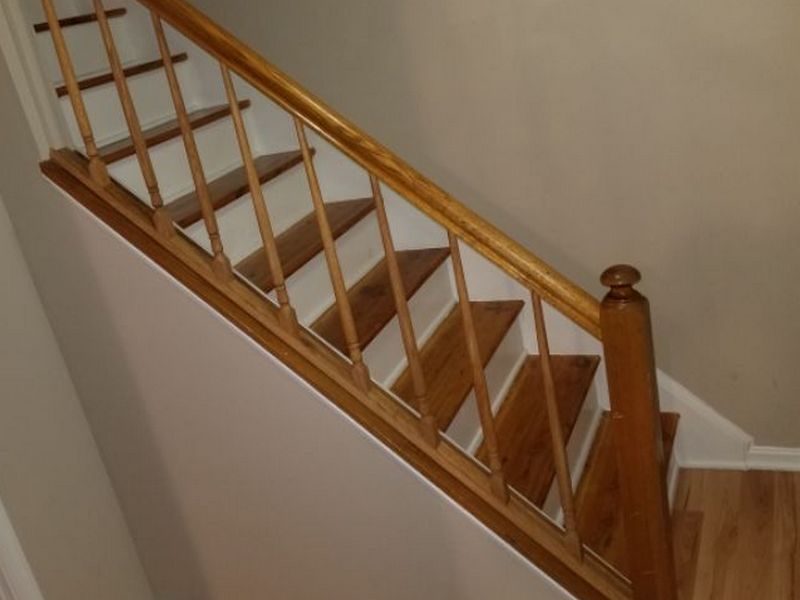
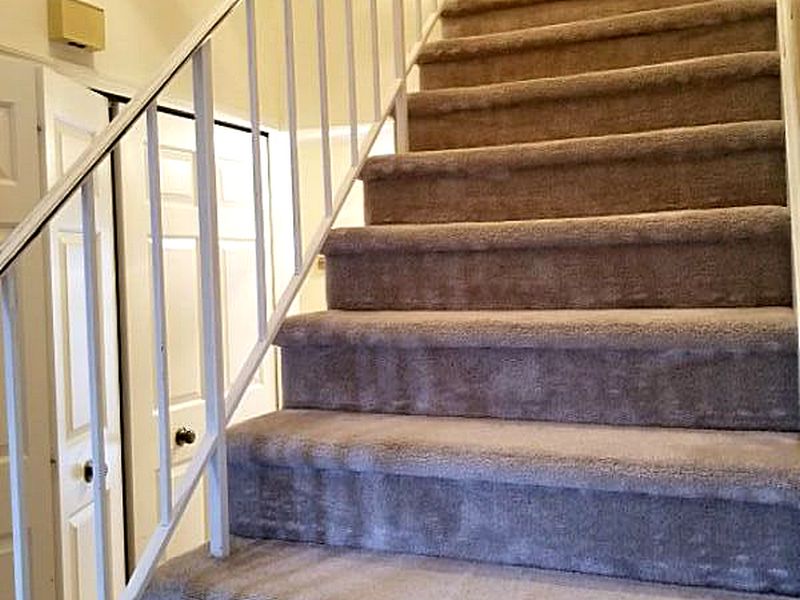
The balusters are improperly spaced at the guardrail. The opening between balusters should not exceed 4″. Repair or replace the balusters.
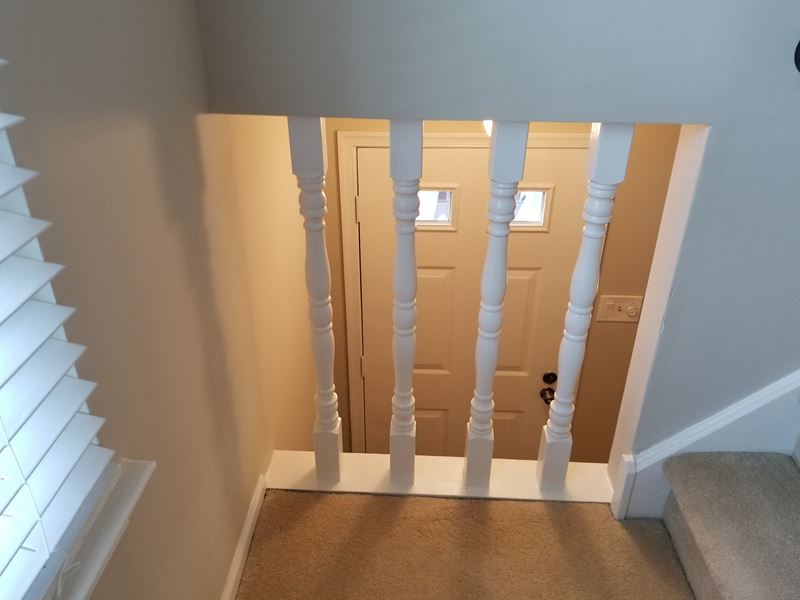
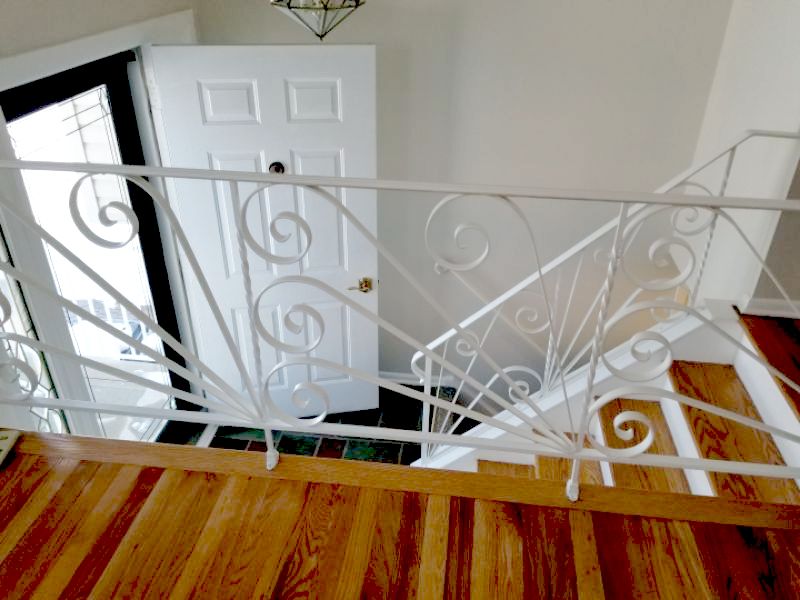
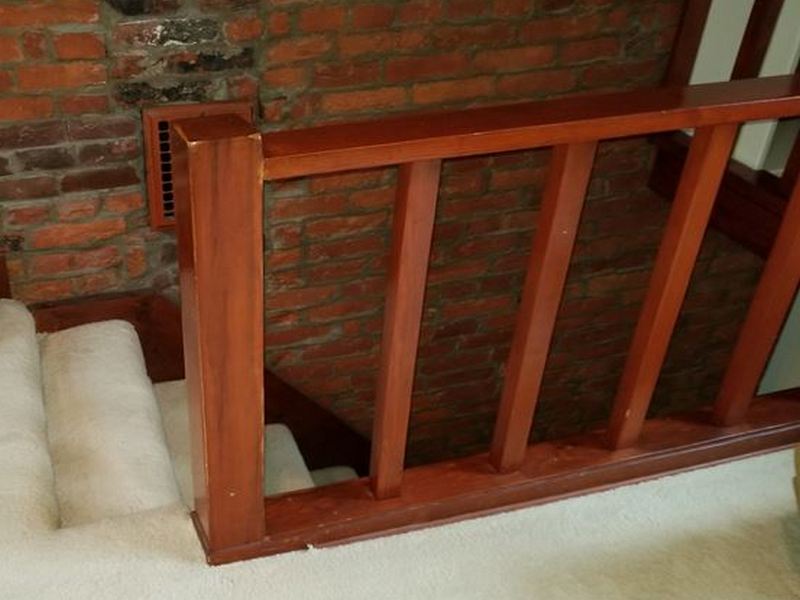
The guardrail is missing. this is a safety hazard. Install a guardrail.


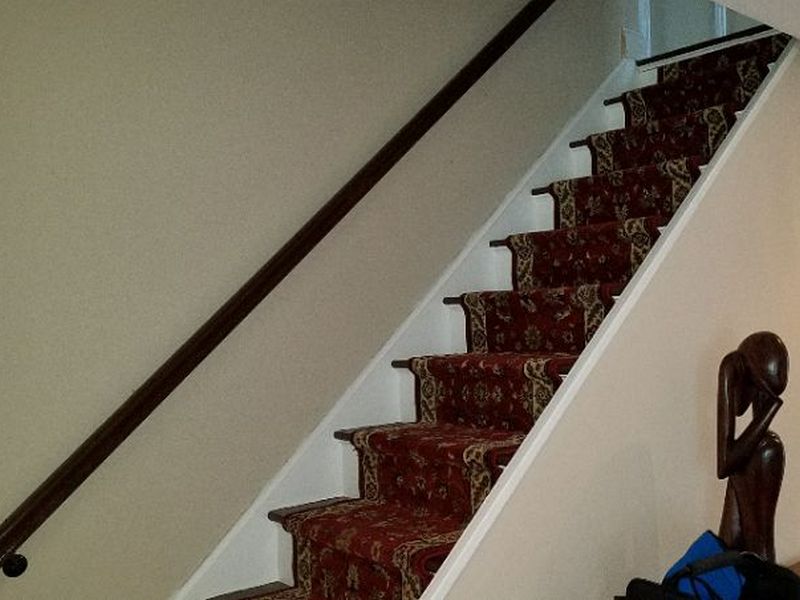
The balusters are horizontal at the guardrail. This is a safety hazard. Horizontal balusters can be used by children to climb onto rail. Repair or replace the balusters.
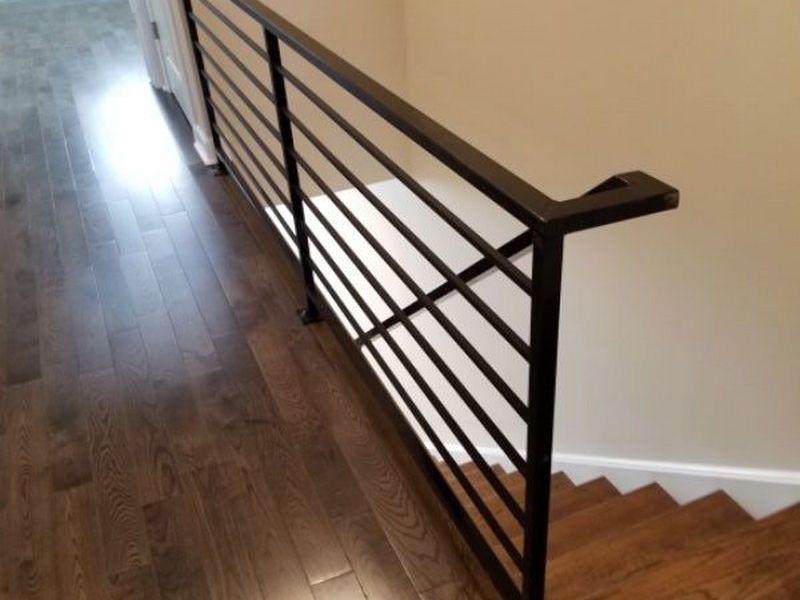
The guardrail at the stairway is too low. Platforms above a 6′ height should have a 42″ guardrail for safety. Hire a contractor for repairs or replacement as needed.
